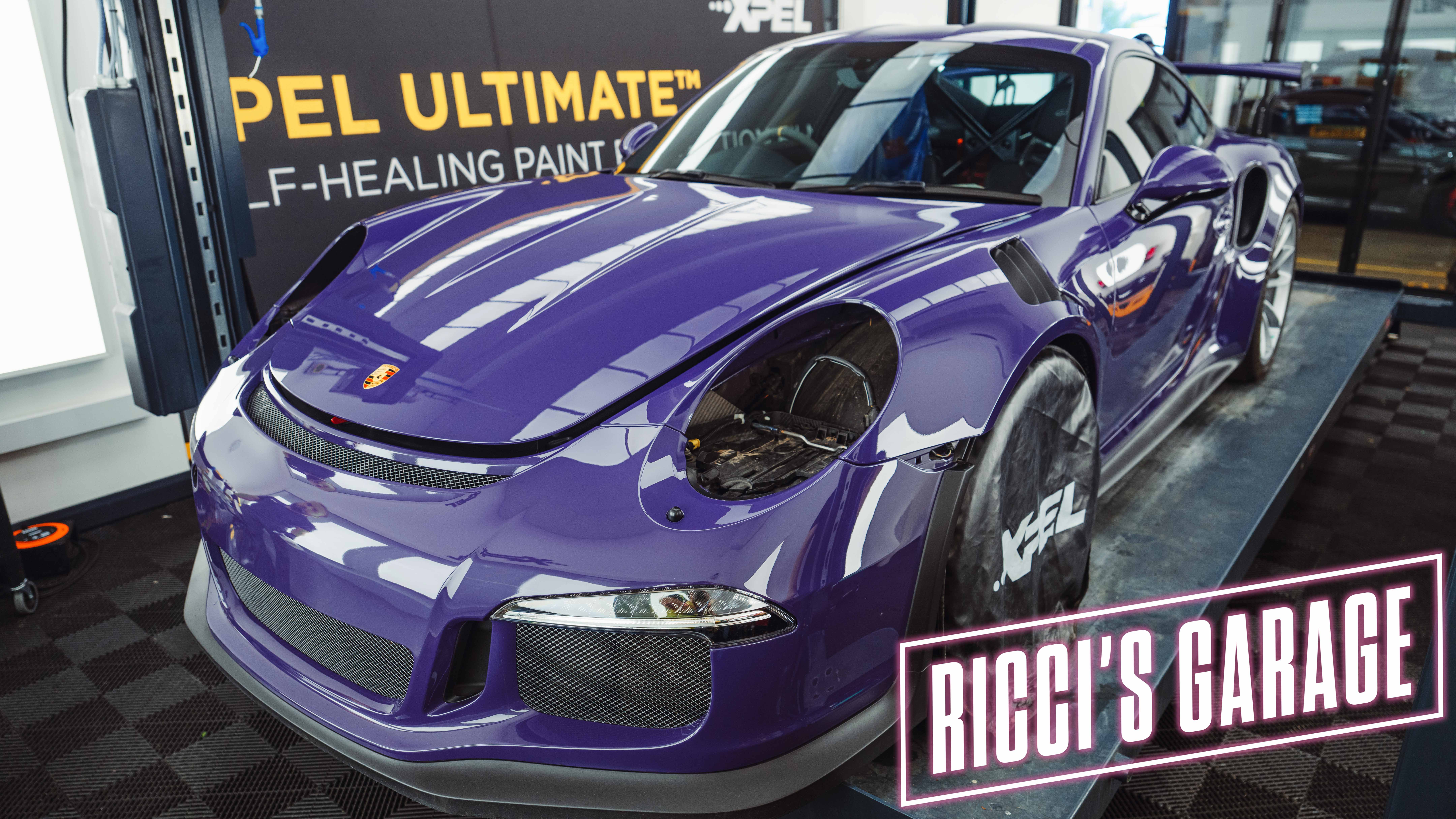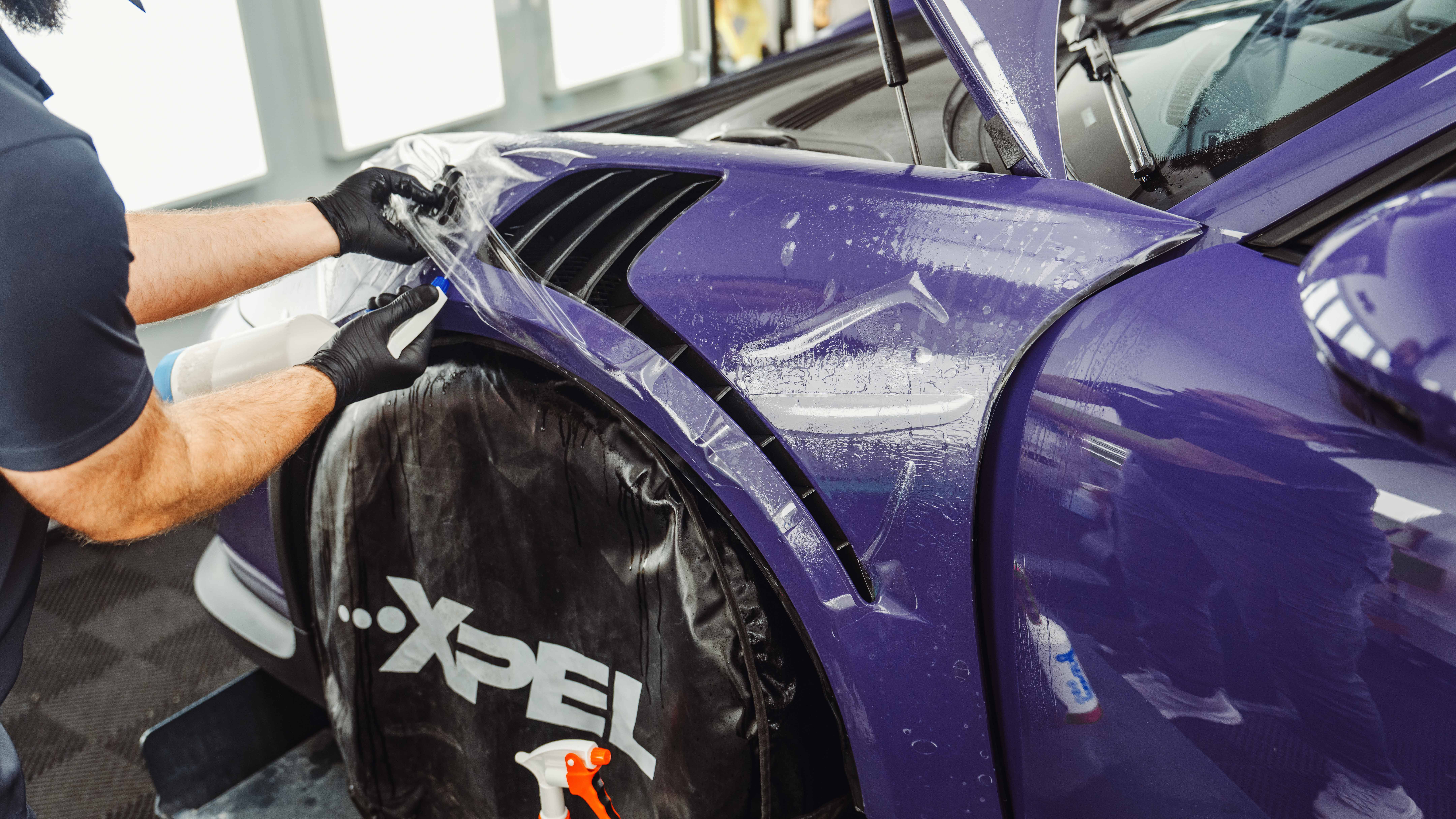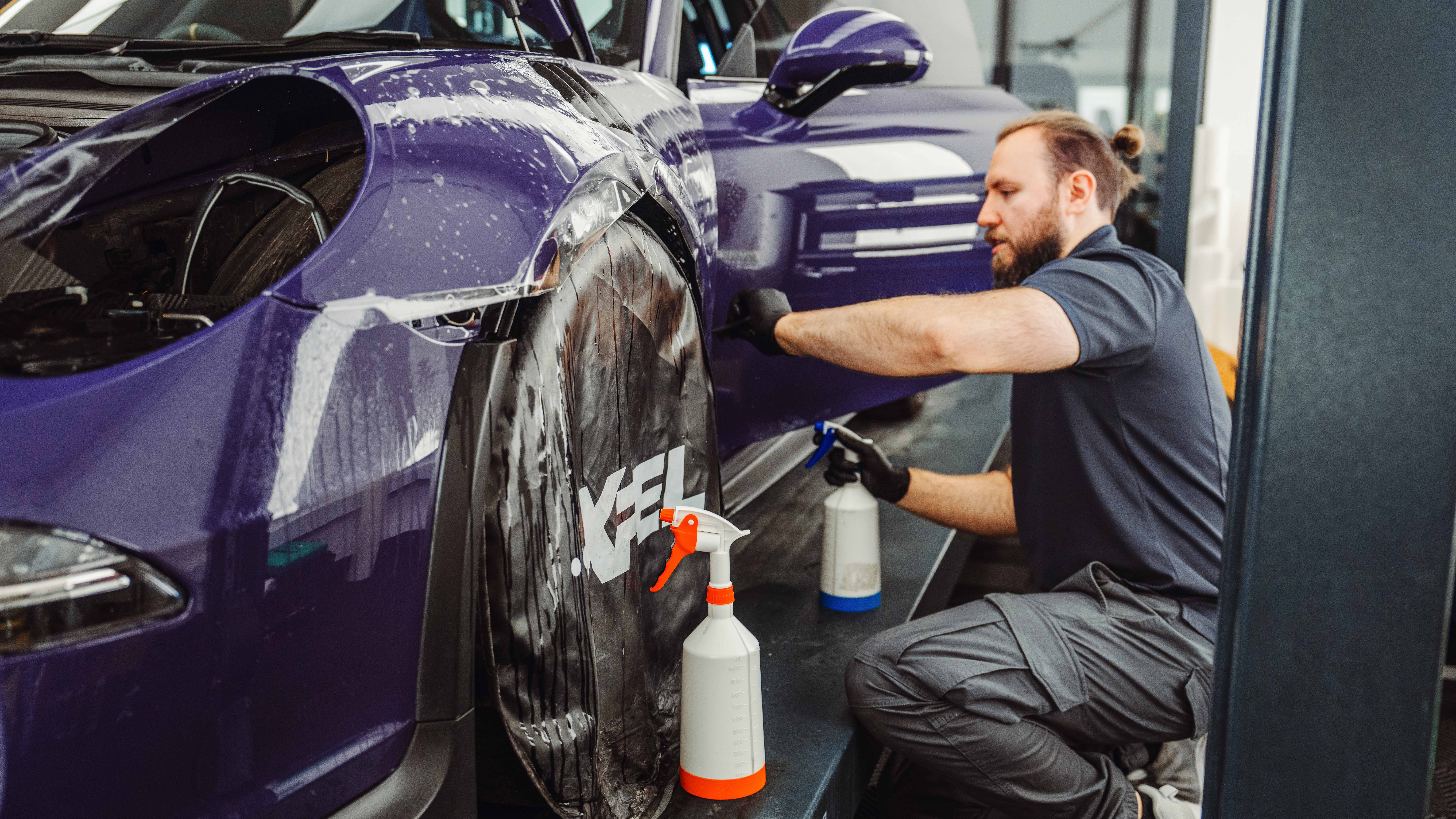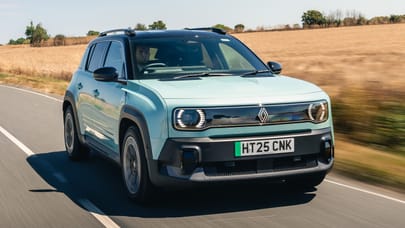
Life with an old Porsche 911 GT3 RS: how should you protect the paint?
In an unexpected move, Mark has decided to look after one of his cars... specifically, the 991
Renowned photographer Mark has been working with TopGear for many, many years. When not taking photos he’s buying inappropriate cars. Here he shares his addiction with the world
In a very rare turn of events, I've spent this month doing something quite sensible: I’ve decided to look after one of the cars I already own. A few years ago I bought a 991 GT3 RS. Within three months I took great pride in doubling its mileage and using it for every journey possible, be that the school run or taking the dog to the vet, which does require popping out the fire extinguisher first.
There was also once where my daughter left her coat in the footwell after going to the park. This in itself wasn’t an issue, however the several snails she’d picked up and placed in her pockets later would be. This only came to light the following day when several trails were spotted across the dashboard, something Porsche’s R&D department never factored in.
I never found those snails, but it did provide a necessary wake-up call that I should probably look after the RS a bit better. Over that time several wheels were now chipped, the paint had to be corrected and the interior – aside from harbouring snails – was becoming quite scuffed. Before I could do any further damage, I looked into the world of PPF (paint protective film) to see if it would be worth the cost in the long run. I’ve never had any PPF on any car before, and my only past experience was seeing god awful installs that resembled clingfilm being used rather than protective film.
After a bit of research I settled on a company called XPEL for a few key reasons. Firstly, it’s been around for a very long time – 1997 in fact – and as such it’s built up a decent selection of products depending on what budget and what kind of protection you’re after. But what really impressed me with XPEL is the huge range of car makes and models it has on file.
Rather than drape a gigantic sheet of film over a car and hope for the best, XPEL has templates stored within its database specific to individual cars that allows individual panels to be cut and wrapped with minimal waste. Not only does this save money by cutting down the amount of film needed, but it also provides a much cleaner look as each panel’s protective film is precisely cut to shape making it incredibly difficult to spot whether it’s even had PPF applied.
For my GT3, I settled on XPEL’s Ultimate Plus range which boasts more features than just protection against paint damage. The film also protects against UV exposure, but also contaminants like bird muck that will actually burn into your paintwork if not removed leaving long term damage. It will also ‘heal’ itself apparently, which is activated by the sun’s heat meaning it’ll actively reduce swirl marks and light scratches on the film every time it’s heated up.
PPF is a bit like buying decent tyres for your car. It’s not always the most exciting thing to spend money on, nor is it immediately noticeable. But it’s also one of those things which should – touch wood – save you more money in the long term than the initial cost. I know I can’t be trusted to properly look after any car I own, so having XPEL do a lot of that hard work for me does give me some peace of mind.
Top Gear
Newsletter
Thank you for subscribing to our newsletter. Look out for your regular round-up of news, reviews and offers in your inbox.
Get all the latest news, reviews and exclusives, direct to your inbox.
Trending this week
- Car Review
BMW iX3










